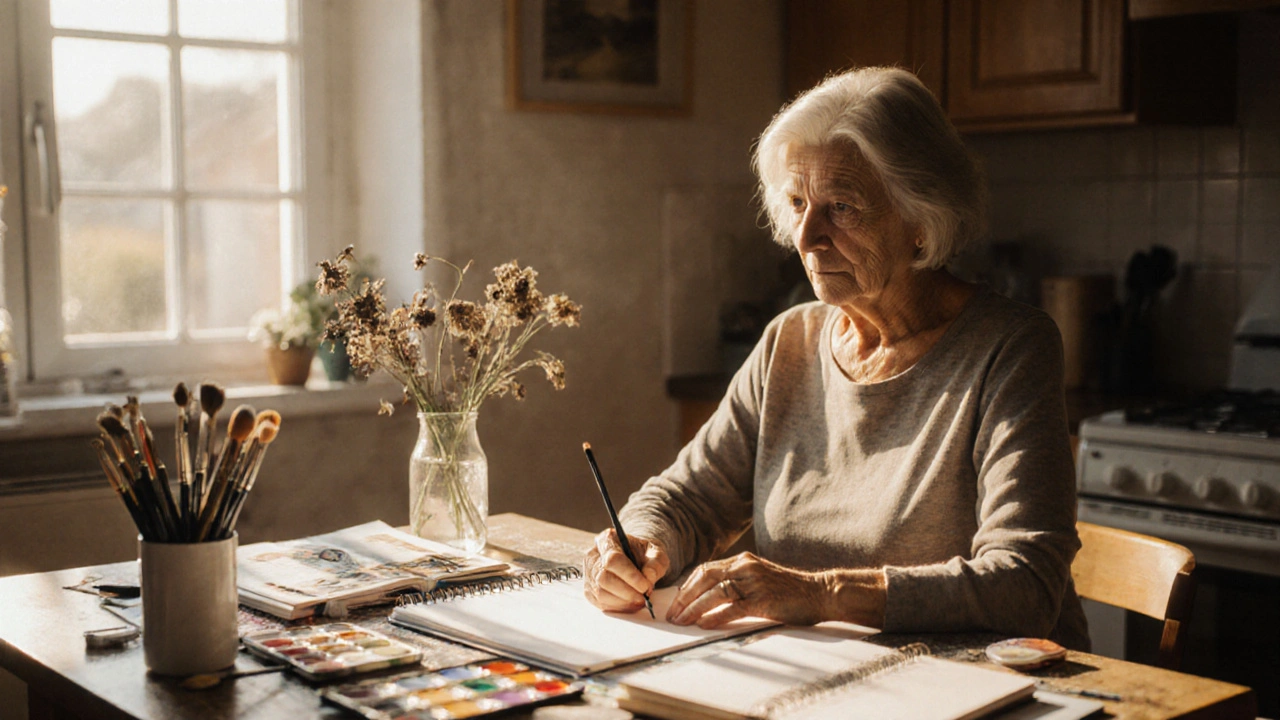
Creative Boost Tracker
Session Tracked Successfully!
Creative Activities Overview
Morning Sketch-Journal
Warm-up for visual thinking; reduces anxiety
Story-Prompt Writing
Stimulates narrative imagination; improves memory
Group Art Therapy
Safe space for emotional expression; builds community
Nature Photography Walk
Combines movement with visual inspiration; lowers cortisol
Cooking a New Recipe
Engages all senses; encourages experimentation
Quick Takeaways
- Menopause can temporarily dim creative drive, but the brain stays adaptable.
- Lower estrogen affects mood and memory, which are key to artistic flow.
- Mind‑body practices, new hobbies, and social art groups reignite inspiration.
- Set tiny, regular creative goals to build momentum.
- Track mood, energy, and output to fine‑tune what works for you.
Many women notice a shift in their creative spark during menopause. Whether you used to paint, write, or simply enjoy DIY projects, the hormonal roller‑coaster can make it feel harder to get into the zone. This guide explains why those changes happen and offers concrete, low‑pressure ways to revive - or even discover - new passions.
Menopause is the natural cessation of menstrual cycles, typically occurring between ages 45 and 55, marked by a significant drop in ovarian hormone production. The transition lasts several years and brings physical, emotional, and cognitive shifts that can influence how you think, feel, and create.
Why Menopause Affects Your Creative Drive
Two main physiological factors intervene:
- Hormonal fluctuations: As Estrogen levels decline sharply, affecting serotonin, dopamine, and the brain’s reward pathways, you may feel less motivated or more prone to mood swings.
- Neuroplastic changes: The brain’s ability to rewire - known as Brain Plasticity the capacity of neural networks to adapt and form new connections throughout life - is still present, but lower estrogen can temporarily dampen the speed of those adaptations.
The good news? Both factors are manageable. Understanding them helps you target the right levers to boost creative output.
How Hormonal Shifts Influence Mood and Memory
Estrogen interacts with neurotransmitters that regulate mood and memory. When levels dip, many women report:
- Increased anxiety or irritability
- Short‑term memory lapses (e.g., misplacing keys)
- Reduced intrinsic motivation for previously enjoyable activities
These symptoms can create a feedback loop: feeling down makes it harder to start a project, and unfinished projects reinforce the low mood. Breaking the cycle requires intentional practices that support both emotional balance and cognitive sharpness.
Mind‑Body Practices That Rewire Your Creative Brain
Research from neuroscience labs in 2023 shows that Mindfulness a mental training technique focusing on present‑moment awareness without judgment boosts Neuroplasticity the brain’s capacity to form new neural pathways, especially in the prefrontal cortex responsible for planning and imagination. Even five minutes a day can improve focus, lower stress hormones, and free up mental bandwidth for creative thinking.
Try one of these quick routines:
- Sit comfortably, close your eyes, and breathe deeply for 2 minutes. Notice sensations without labeling them.
- Open your eyes and spend 3 minutes observing a simple object (a cup, a leaf). Describe its texture, color, and shape silently.
- Close again and imagine yourself creating something with that object - a sketch, a poem, a recipe.
This blend of grounding and imagination nudges the brain toward a creative mindset.
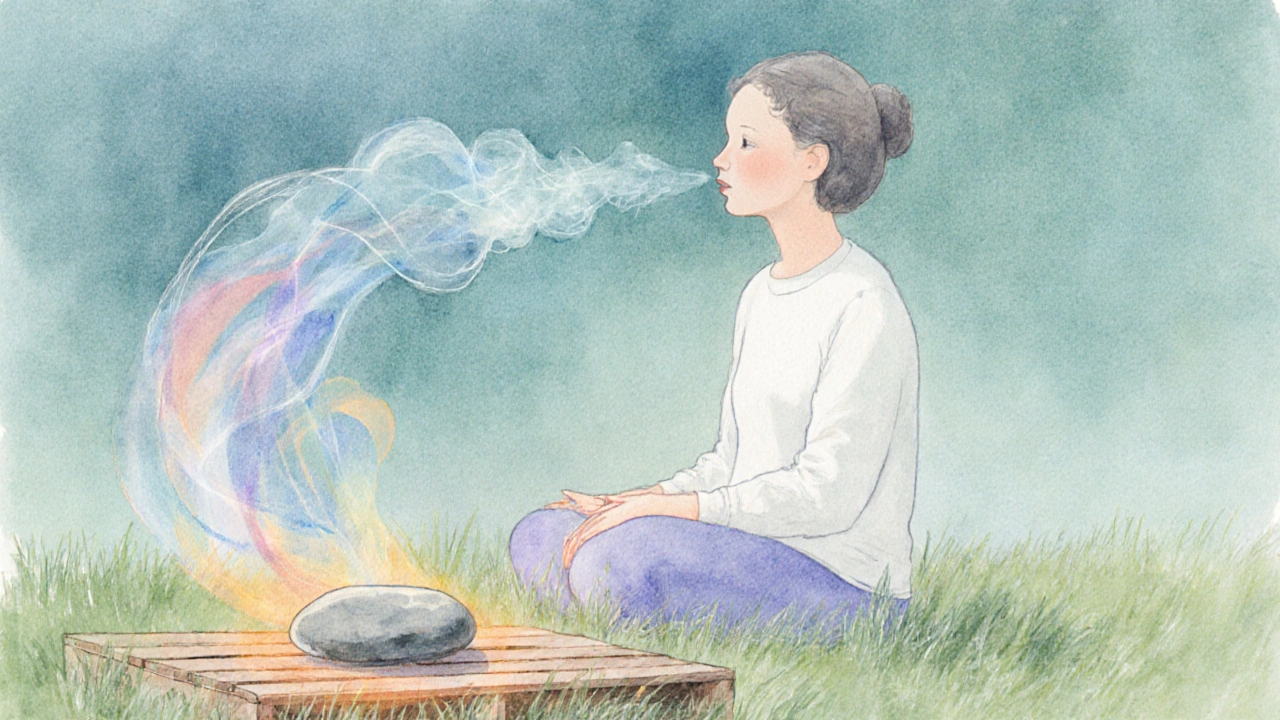
Creative Boost Strategies: A Practical Toolbox
| Activity | Key Benefit | Time Needed |
|---|---|---|
| Morning sketch‑journal (5min) | Warm‑up for visual thinking; reduces anxiety | 5min daily |
| Story‑prompt writing (10min) | Stimulates narrative imagination; improves memory | 10min three times a week |
| Group Art Therapy guided creative sessions led by a therapist to explore emotions through artistic media (1h) | Provides safe space for emotional expression; builds community | Weekly |
| Nature photography walk (30min) | Combines movement with visual inspiration; lowers cortisol | 30min weekly |
| Cooking a new recipe (45min) | Engages all senses; encourages experimentation | 45min as needed |
Pick one or two that feel doable and stick with them for at least a month. Consistency beats intensity when re‑training the brain.
Turning a Hobby Into a Passion Project
Many women describe a "hobby" as something they do for fun, but a "passion project" adds purpose. The transition often hinges on three questions:
- What activity makes me lose track of time?
- How can I share this with others or see tangible results?
- What small step can I take right now to move forward?
Answering honestly uncovers hidden motivations. For example, a former knit‑enthusiast might start a blog sharing patterns-combining crafting with storytelling. That hybrid approach re‑engages both the creative and the social parts of the brain.
Overcoming Common Creative Blocks During Menopause
Block #1: Self‑criticism. Hormonal mood swings can amplify inner critics. Counter it by writing a "failure‑friendly" list: note three ideas you’d pursue even if they might flop. The list reminds you that experimentation is part of growth.
Block #2: Energy dips. Fatigue is real. Schedule creative bursts during peak energy windows (often mid‑morning or early evening). Pair low‑energy moments with passive inspiration-like listening to a podcast while knitting.
Block #3: Identity shift. Menopause can feel like a life chapter ending. Embrace the narrative of "re‑inventing yourself". Frame each new creative attempt as a chapter in a larger story of personal evolution.
Real‑World Stories: Women Who Rekindled Their Creative Fires
Emma, 52, Birmingham stopped painting after her first child but rediscovered watercolor during menopause. She joined a local art‑therapy group, attended weekly 90‑minute sessions, and within six months completed her first solo exhibition. She credits mindfulness breathing before each class for easing anxiety.
Linda, 48, Manchester felt her writing voice disappear after her periods stopped. She began a daily 5‑minute sketch‑journal, then expanded to short‑story prompts. By tracking mood and word count in a spreadsheet, she identified that her most productive days fell after a yoga session, prompting a new routine.
These anecdotes illustrate that small, structured habits can produce big creative pay‑offs, even amid hormonal turbulence.
Next Steps: Build Your Personal Creative Playbook
1. Pick one activity from the table above and schedule it in your calendar this week.
2. Log your mood before and after each session (use a simple 1‑5 scale).
3. Review after four weeks: Which activity lifted your energy? Which felt forced?
4. Adjust by adding a new habit or swapping out the least effective one.
5. Share progress with a friend or online community to reinforce accountability.
Remember, creativity isn’t a single talent; it’s a habit you can grow at any age. Menopause creativity might feel like a detour, but it can also be the launchpad for fresh passions you hadn’t imagined before.

Frequently Asked Questions
Can menopause cause a loss of artistic ability?
Menopause itself doesn’t erase skill, but hormonal changes can affect motivation, confidence, and short‑term memory, which together may make it feel harder to create. With targeted practices, most women regain or even boost their artistic flow.
How long does it usually take to notice a creative lift?
Consistent practice for 3-4 weeks often shows measurable mood improvement and increased creative output. Individual timelines vary depending on hormone levels, lifestyle, and the chosen activity.
Is it safe to start art therapy while on hormone‑replacement therapy (HRT)?
Yes. Art therapy is a non‑invasive, low‑risk complement to HRT. It can actually help process emotions around the transition, which may improve overall treatment outcomes.
What if I have no prior experience with any creative hobby?
Start with ultra‑low‑commitment activities like doodling, color‑by‑number books, or simple recipe experimentation. The goal is to build confidence, not mastery, before moving to more complex projects.
Can mindfulness replace medication for mood swings?
Mindfulness can reduce stress and improve emotional regulation, but it isn’t a medical substitute. Always discuss any mood‑related concerns with a healthcare professional before altering treatment.
How do I stay motivated when progress feels slow?
Track tiny wins-like completing a single sketch or finishing a short recipe. Celebrate each micro‑victory and remind yourself that neural pathways strengthen gradually, not instantly.
19 Comments
Write a comment
More Articles
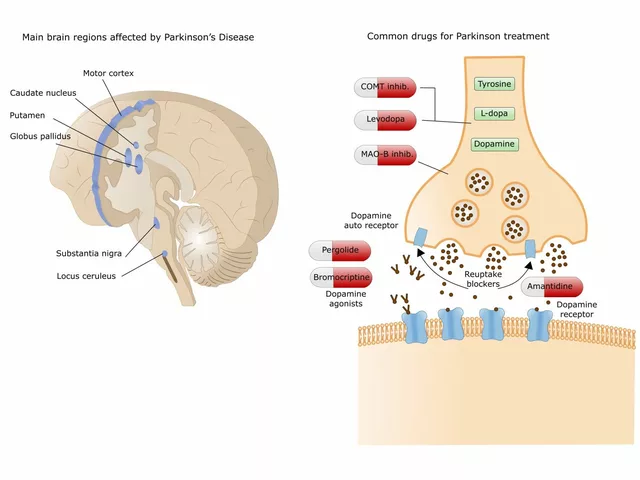
The potential benefits of betahistine for individuals with Parkinson's disease
In my recent exploration, I discovered the potential benefits of Betahistine for those living with Parkinson's disease. This medication, often used for vertigo, could potentially improve symptoms of this neurodegenerative condition. Researchers suggest that Betahistine might have the ability to reduce tremors and improve motor function. There is also a belief that it could enhance cognitive abilities and alleviate depression often associated with Parkinson's disease. However, it's important to note that more research is needed to confirm these potential benefits.
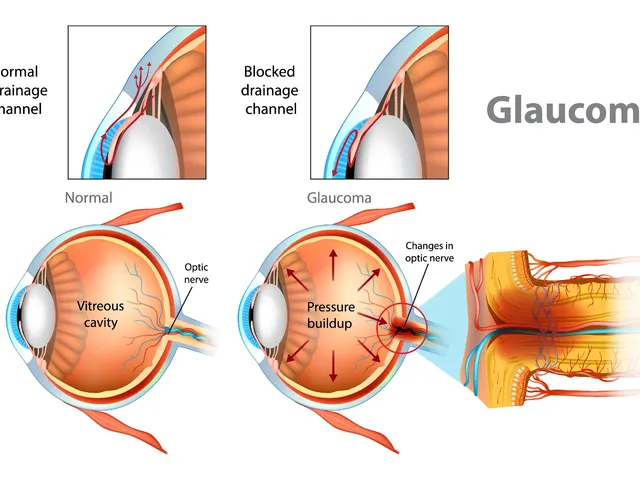
The effectiveness of dorzolamide in treating different types of glaucoma
Hey there, gentlemen! I just wanted to share some insights on a very interesting topic - the effectiveness of dorzolamide in treating different types of glaucoma. We'll dive into its mechanism of action, its beneficial effects on different types of this eye condition, and why it's becoming a go-to medication. Through this, I hope to provide everyone with a deeper understanding of this treatment option in a clear and simple language. Remember, knowledge is your best ally in health matters!
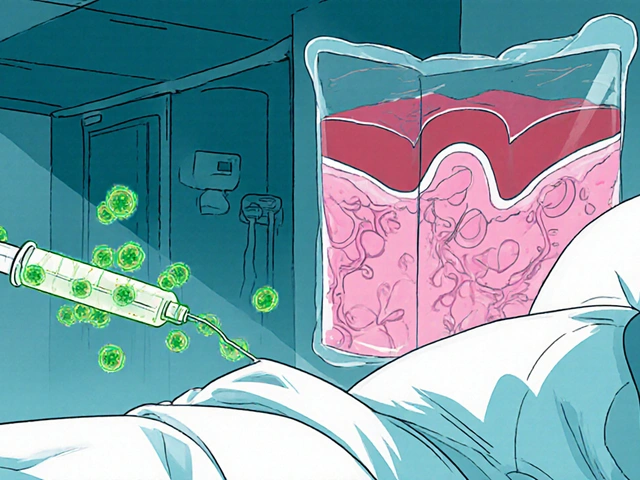
Ujjwal prakash
October 1, 2025 AT 23:49Look, menopause isn’t some mystical curse that steals creativity; it’s just a hormonal shift, and you can hack it with simple habits-consistent sketch‑journaling, mindful breathing, even a quick nature walk. The brain is still plastic, so you’re not doomed to a creative drought! Start with five minutes of doodling, track your mood on a 1‑5 scale, and watch the tiny improvements snowball. Trust the process, stay curious, and don’t let a hot flash silence your inner artist.